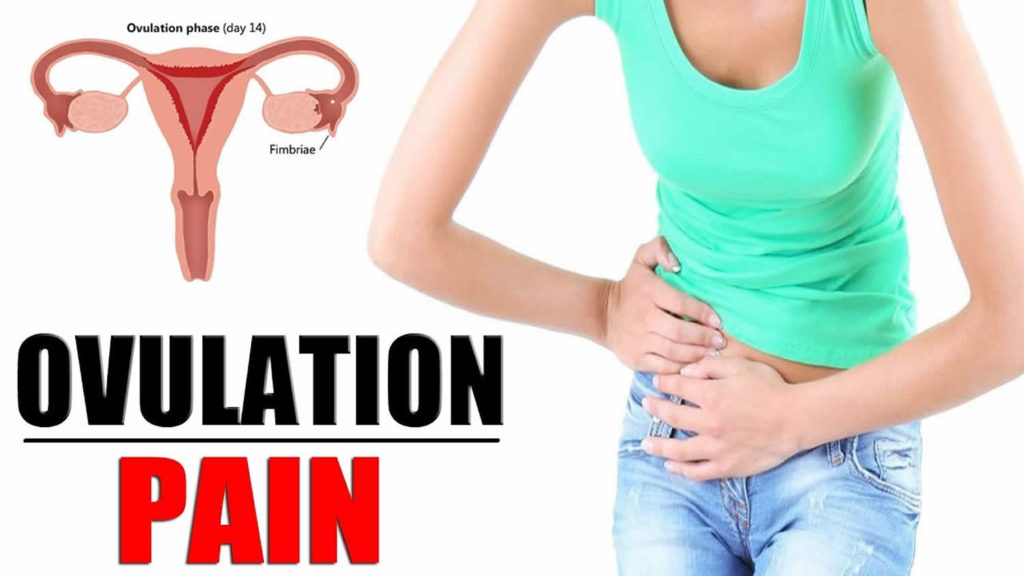What is Painful Ovulation (Symptoms and Remedies)?
Painful Ovulation (Mittelschmerz) Mittelschmerz is the pelvic and lower abdominal pain that some women experience during ovulation. Ovulation generally occurs about midway between menstrual cycles; hence the term mittelschmerz, which comes from the German words for “middle” and “pain.” The pain of ovulation can range from a mild twinge to severe discomfort and usually lasts from minutes to hours. It is generally felt on one side of the abdomen or pelvis and may vary each month, depending on which ovary is releasing the egg during that cycle. In some cases, a small amount of vaginal bleeding or discharge may occur. Some women experience nausea, especially if the pain is severe.
Who Has Painful Ovulation?
Many women never experience painful ovulation. Some women, however, have mid-cycle pain every month and can determine by the pain that they are ovulating.

What Causes Painful Ovulation?
As an egg develops in the ovary, it is surrounded by follicular fluid. During ovulation, the egg and the fluid, as well as some blood, are released from the ovary. While the exact cause of mittelschmerz is unknown, it is believed that the fluid or blood may irritate the lining of the abdominal cavity, causing pain. The pain goes away soon after the egg is released or once the body absorbs the fluid or blood.
How Do I Know If my Pain Is Due to Ovulation?
Ovulation usually
How Is Painful Ovulation Treated?
The pain of ovulation usually goes away within about 24 hours, so specific treatment is not required. Over-the-counter pain medicines — such as Aleve (naproxen) or Motrin (ibuprofen) — generally are effective in relieving mittelschmerz. Applying a heating pad to the lower abdomen or taking a warm bath may also help ease discomfort. Women with particularly painful ovulation may find relief by taking birth control pills with combined estrogen and progesterone, which prevent ovulation.
Can Painful Ovulation Be Prevented?
Preventing ovulation, which can be done with estrogen-progesterone birth control pills, is the only way to effectively prevent mittelschmerz.
When Should I Call My Doctor About Painful Ovulation?
Call your doctor if you experience any of the following symptoms during ovulation: Fever Pain with urination Redness or burning of the skin at the site of the pain Vomiting Mid-cycle pain lasting longer than a day You should also call your doctor if you missed your last menstrual period
![]()




